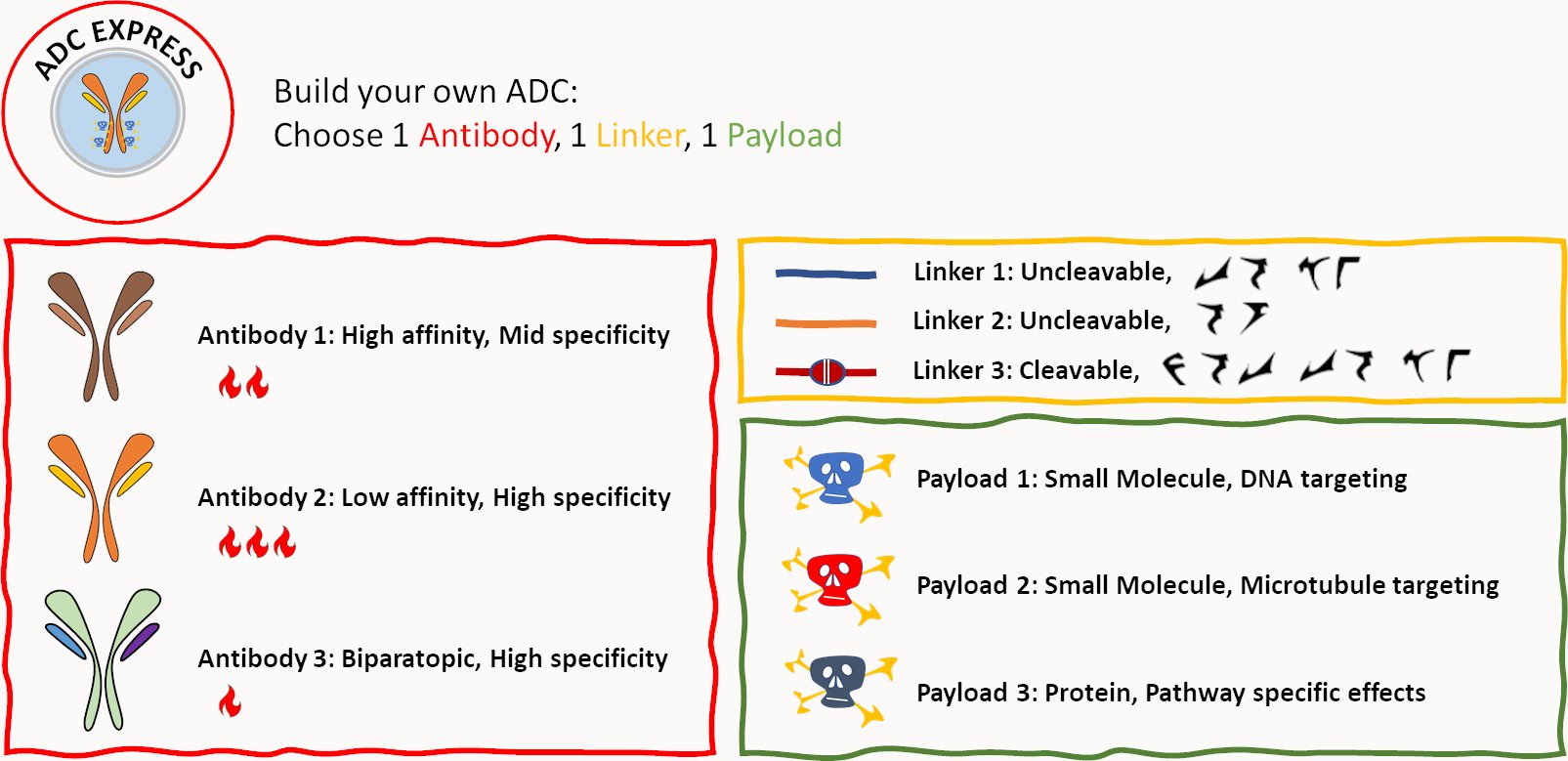
Antibody Drug Conjugates (ADCs): Eliminating Cancer cells by combining the specificity of an antibody with the destructive potency of a small molecule toxin.
An ADC is composed of an antibody selected for its target/disease specificity. The antibody of choice is linked to a payload, typically a small molecule toxin but also can be a protein of choice. The linker acts to stabilize the ADC until the ADC binds to the target cell where upon the linker can be cleaved off either intracellularly or even extracellularly to release the payload. The payload will then affect its biological target. Small molecule toxins can inhibit DNA synthesis/repair or microtubule assembly, leading to cell death (see below).
Back to PTM-001-ADC


